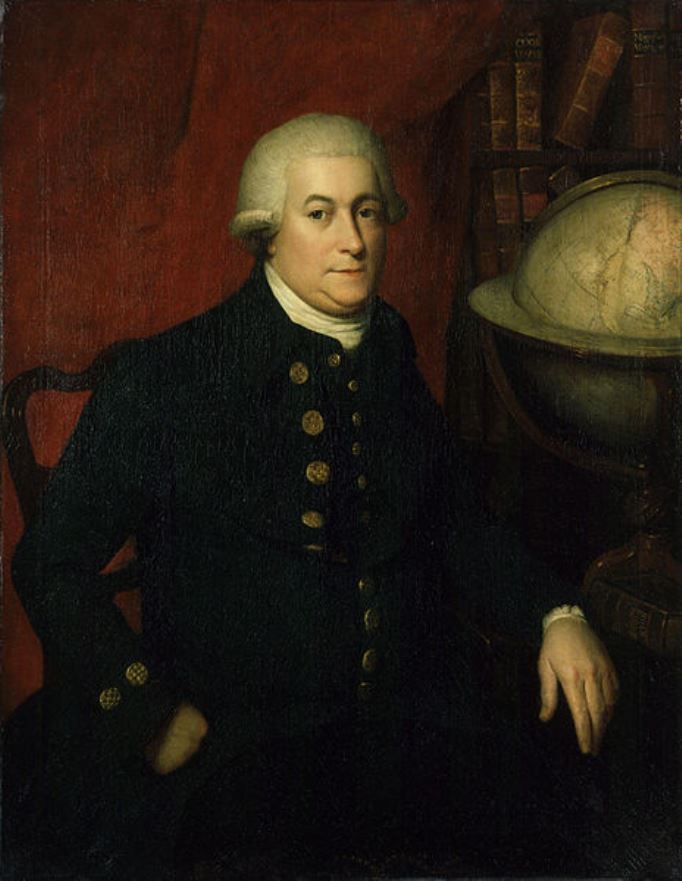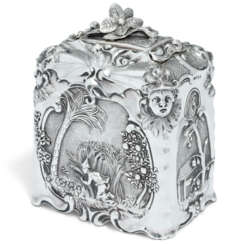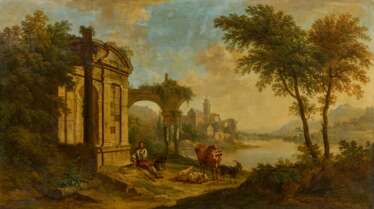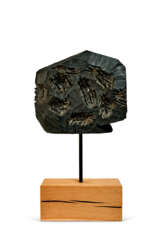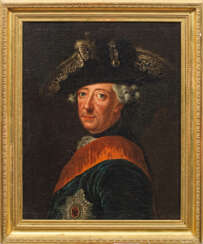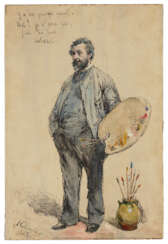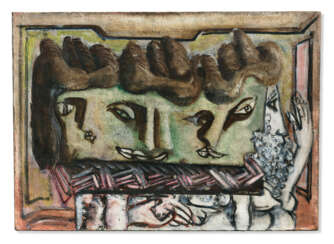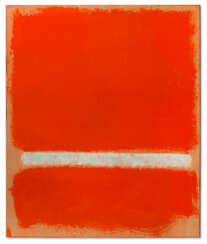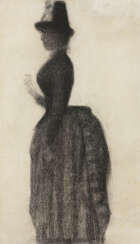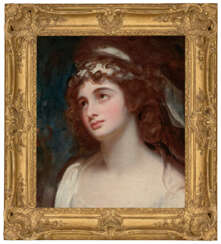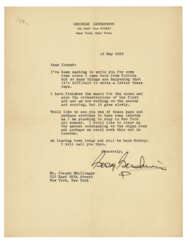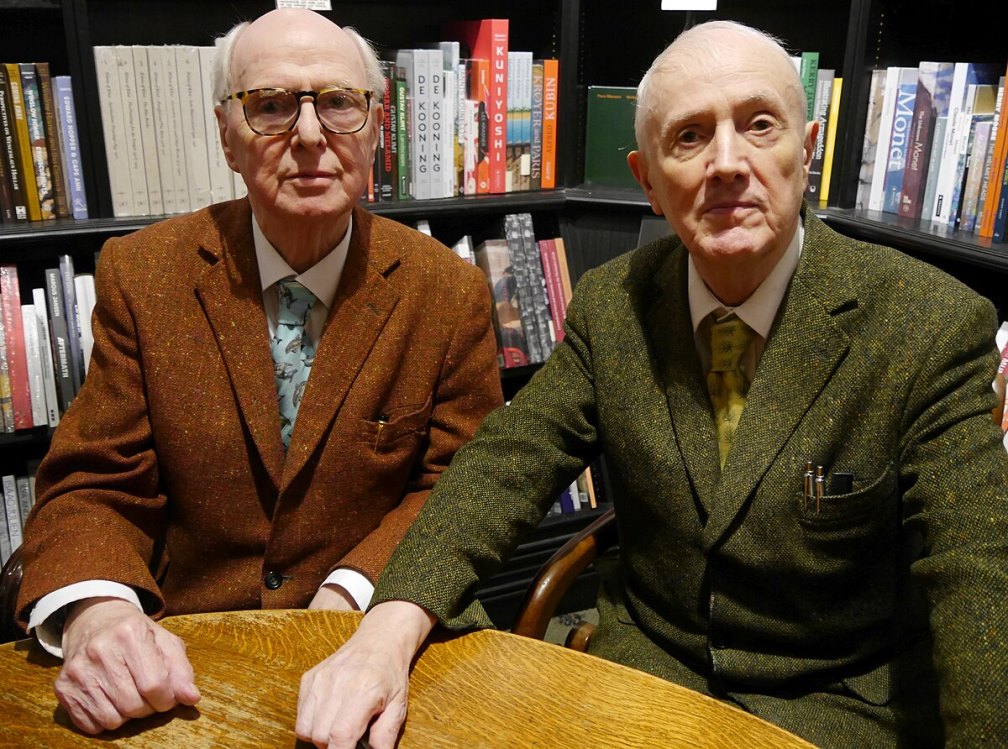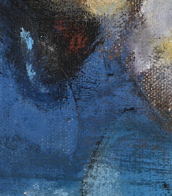georg roth
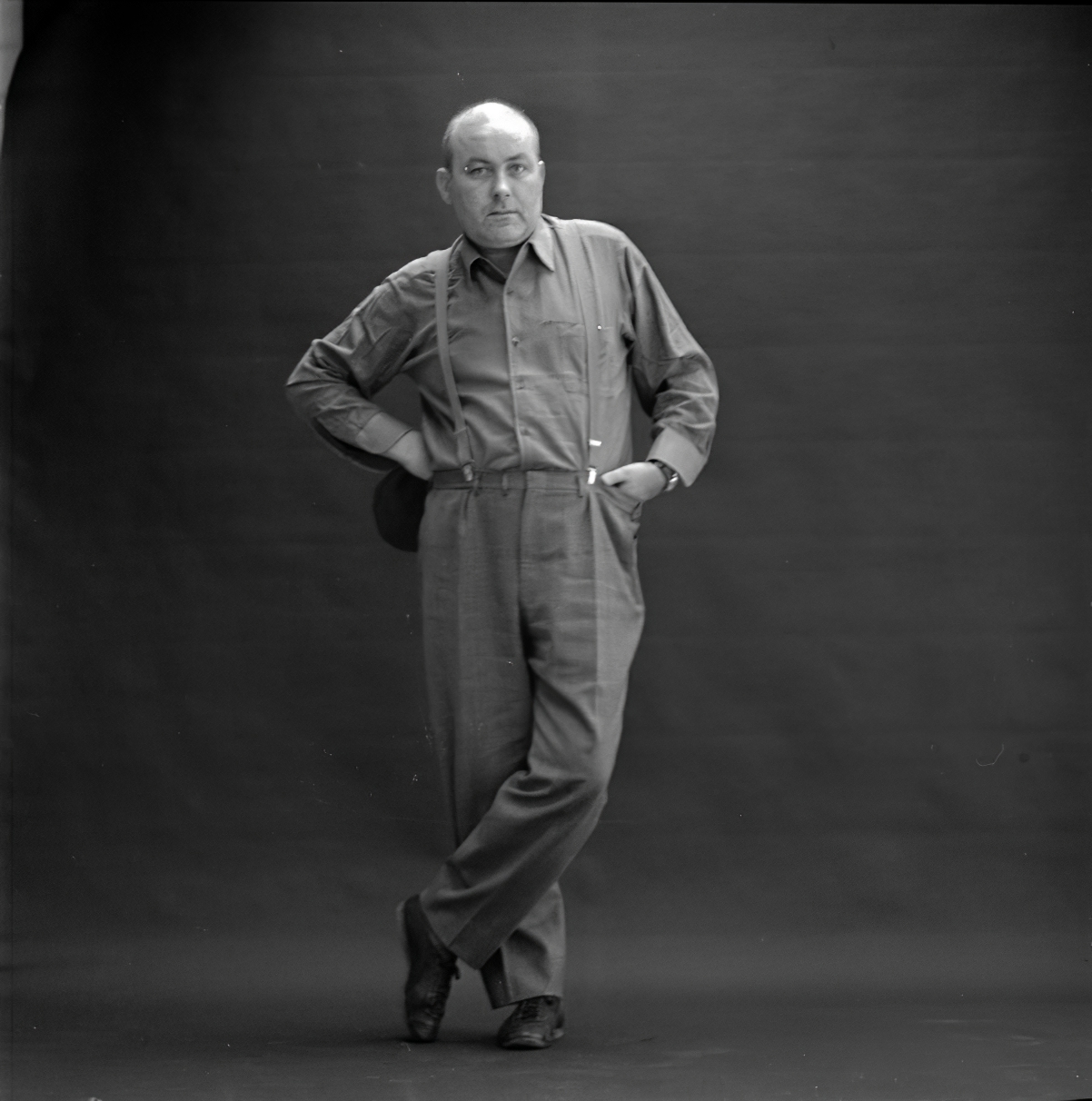
Karl-Dietrich Roth was a Swiss artist best known for his artist's books, editioned prints, sculptures, and works made of found materials, including rotting food stuffs.

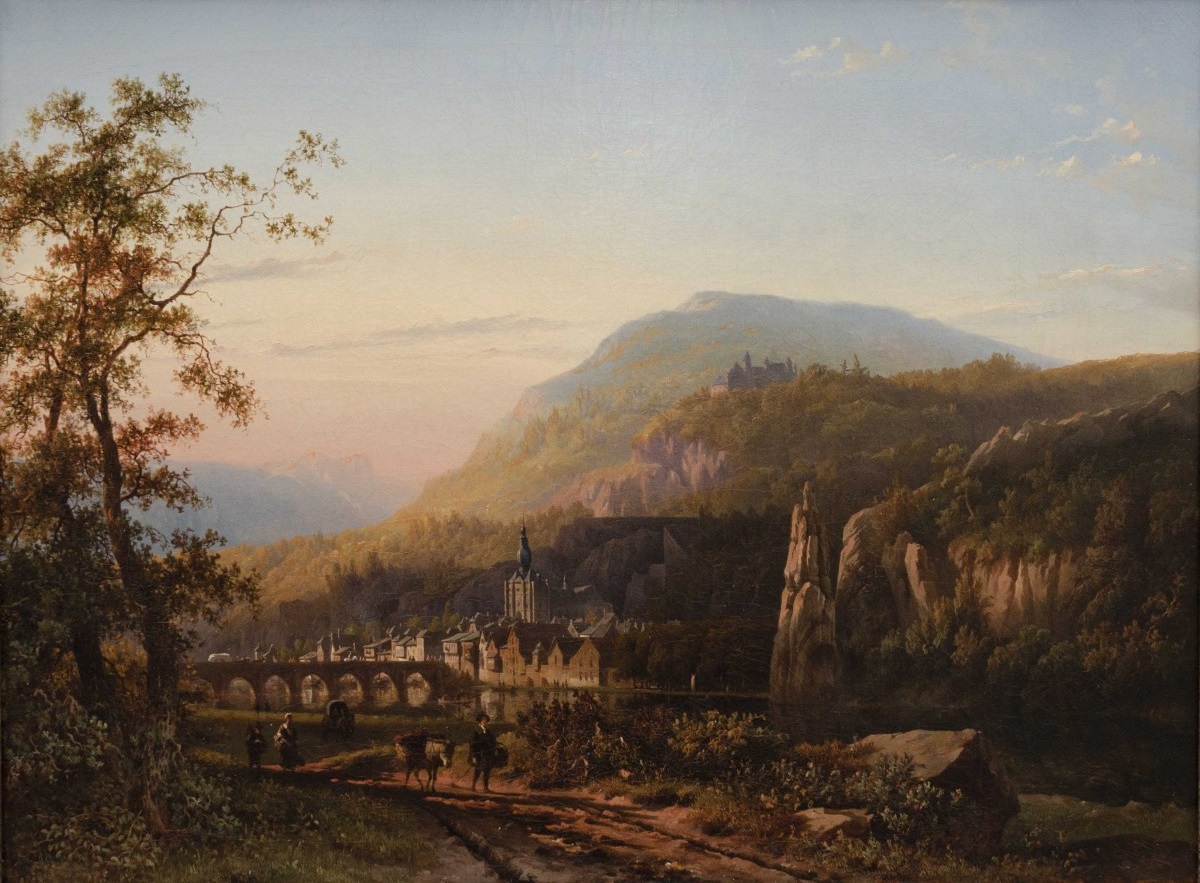
George Andries Roth was a Dutch landscape painter, a pupil of George Peter Westenberg.
George Andries Roth lived and worked in Amsterdam. Since 1839 he was a member of the Koninklijke Akademie van Beeldende Kunsten (Amsterdam). He painted mainly forest landscapes, city and river views.

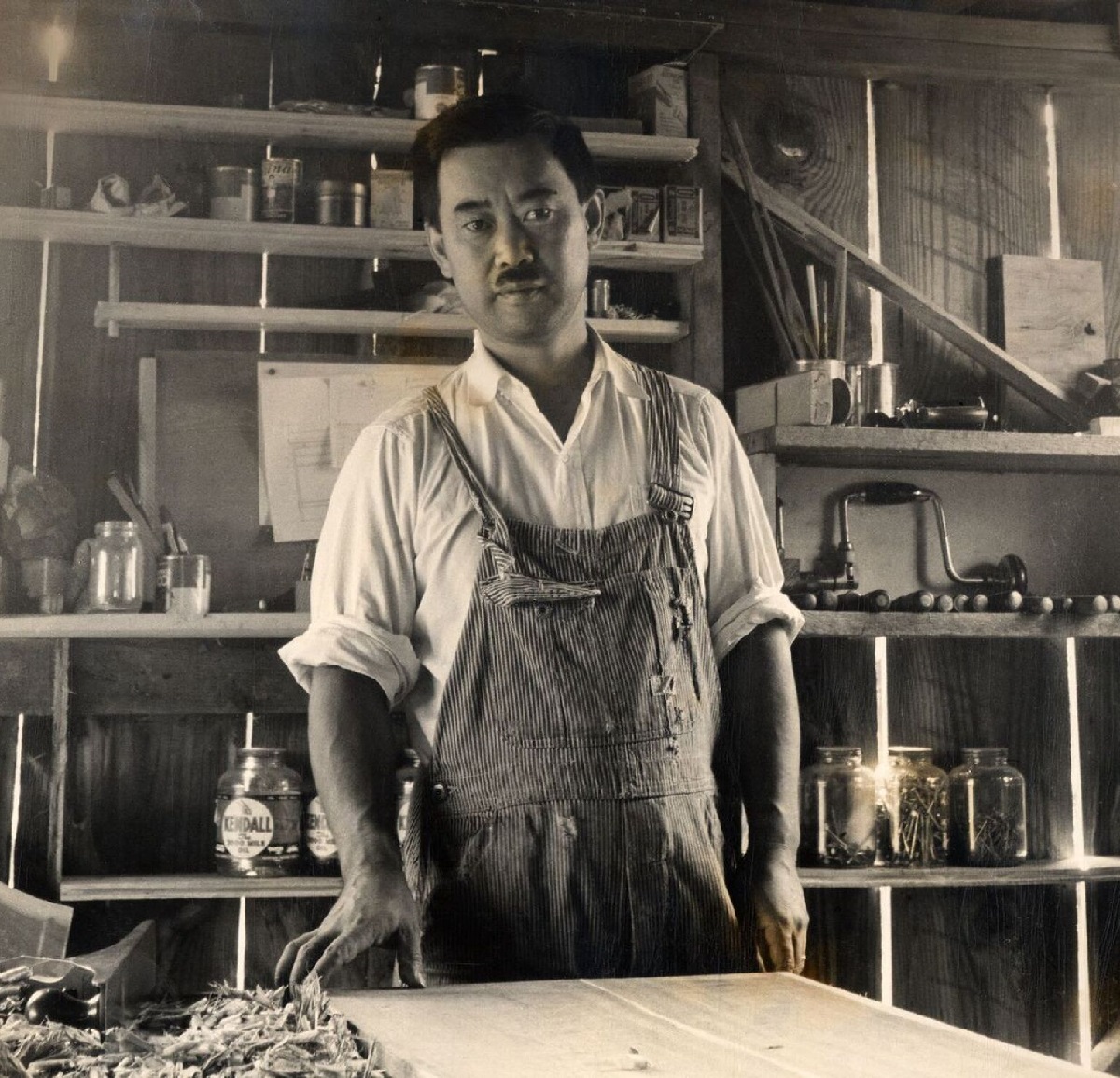
George Nakashima (Japanese: 中島勝寿) was an influential Japanese-American artist, architect, and furniture maker. He is renowned for his mastery of woodworking and his philosophy of incorporating natural materials and traditional craftsmanship into his designs.
Nakashima's furniture designs emphasized simplicity, functionality, and the integration of nature into the living space. He believed in the spiritual essence of the materials he used and aimed to create pieces that harmonized with their surroundings and brought a sense of peace and tranquility to the users.
His signature designs often featured clean lines, elegant proportions, and meticulous joinery techniques. Nakashima's work showcased a blend of Japanese aesthetics, American modernism, and his own unique artistic vision.

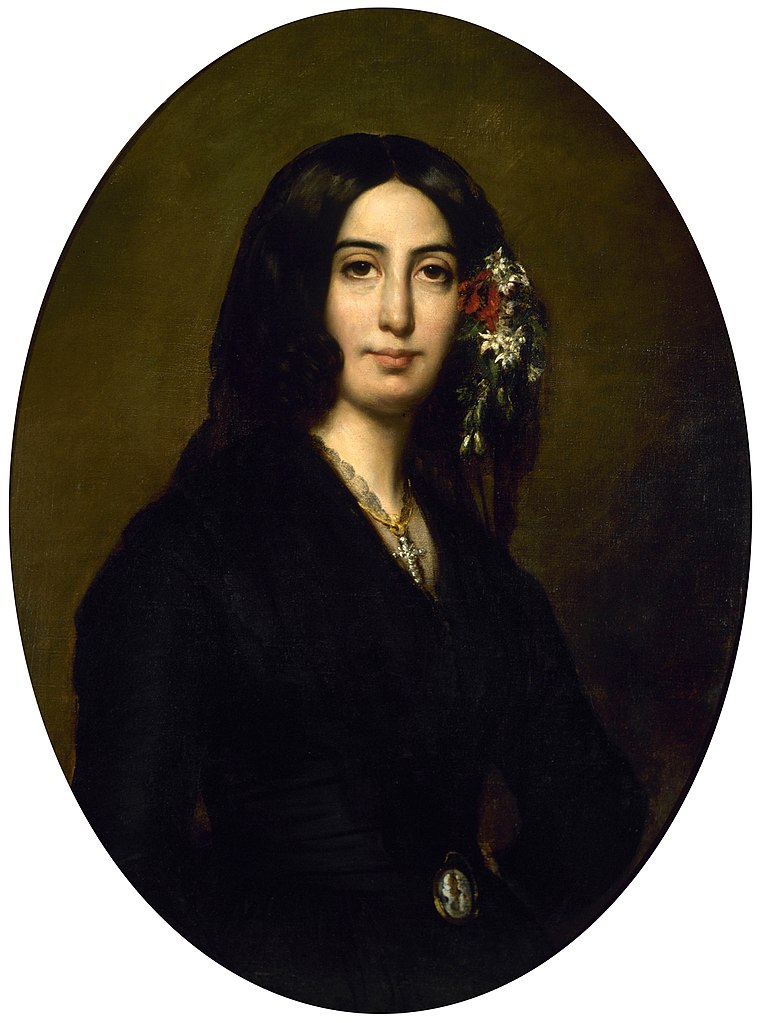
George Sand, born Amantine Aurore Lucile Dupin, was a French novelist, memoirist, and journalist, acclaimed as one of the most distinguished writers of the European Romantic era. Renowned more than Victor Hugo or Honoré de Balzac in her time, George Sand authored over 70 novels along with a wealth of other works, including plays and political texts. Her contributions were not limited to literature; she was a fervent advocate for women's rights, critiquing the institution of marriage and societal prejudices with a passion mirrored by her great-grandmother, Louise Dupin.
George Sand's upbringing in the village of Nohant under the care of her grandmother shaped her profound connection to the countryside, a theme recurrent in her rustic novels such as "La Mare au diable" and "La Petite Fadette." These works, celebrated for drawing inspiration from her love for the rural landscapes and empathy for the underprivileged, underscore her literary prowess and innovative exploration of pastoral themes.
Her life was marked by controversies, including her choice to wear male attire for practicality and statement, challenging societal norms. This defiance extended into her personal life, where she maintained numerous high-profile relationships, including a notable liaison with the composer Frédéric Chopin. Despite facing criticism for her unconventional lifestyle and progressive views, George Sand's work and personality captivated many of her contemporaries, earning her friendships with luminaries such as Franz Liszt and Gustave Flaubert.
In her later years, George Sand's home in Nohant became a haven for writers and artists, reflecting a mellowed phase of her life filled with writing, hosting friends, and engaging in botany. This period highlighted her enduring dedication to literature and her ability to foster intellectual and creative exchanges among the leading figures of her day.
For collectors and experts in art and antiques interested in the legacy of George Sand, staying informed about upcoming sales and auction events related to her works is essential. Signing up for updates ensures you won't miss the opportunity to own a piece of literary history that celebrates George Sand's remarkable contribution to literature and society.
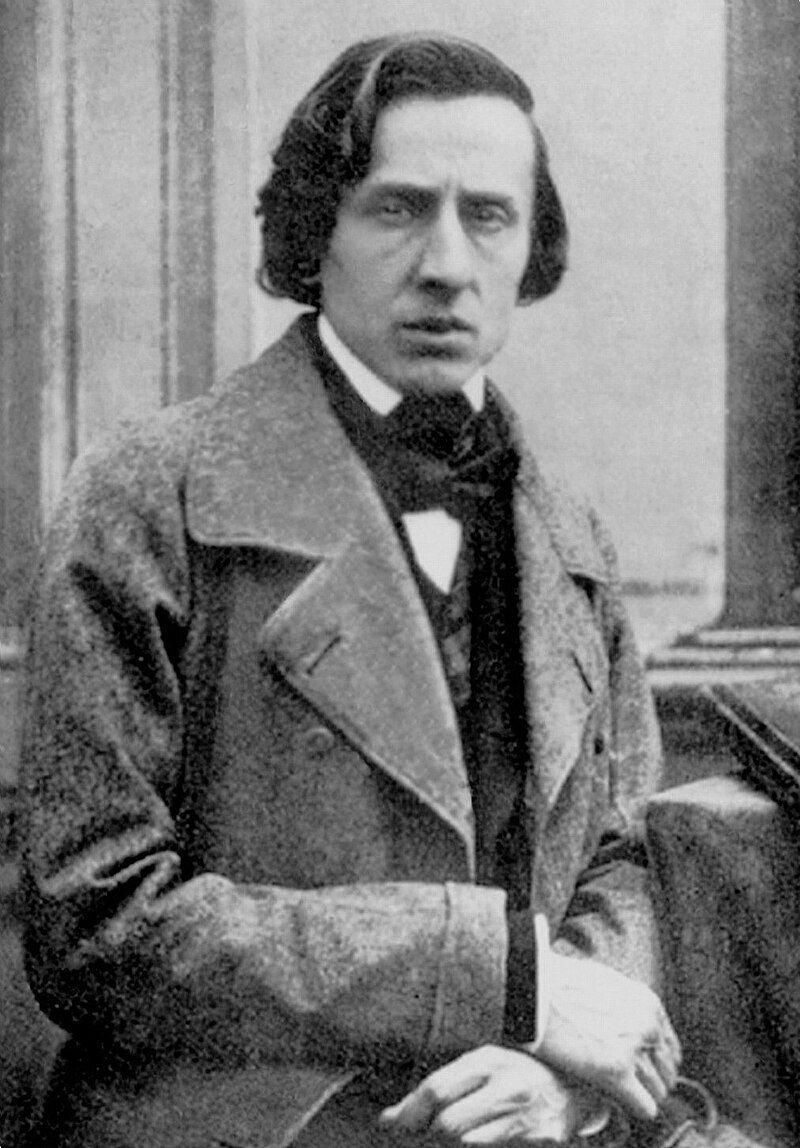

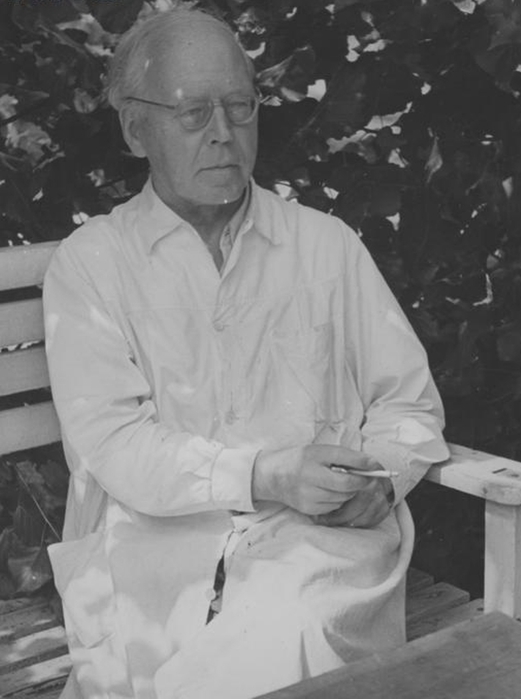
Georg Kolbe was a German sculptor of the first half of the twentieth century. He is known as a master of Classicism and Symbolism. Throughout most of his professional career he was an artist in demand by various German authorities.
Georg Kolbe, despite the strong influence of the Expressionists, managed to develop his own unique style. He left a notable mark not only in sculpture, his artistic legacy includes a large number of drawings and hundreds of engravings.
His biography is closely connected with Berlin, where he lived for more than 40 years. Kolbe is named for the prize awarded by the Artists' Union of Berlin. The artist's former studio now houses a museum with permanent solo exhibitions of works by renowned sculptors of modern art.


Georg Kolbe was a German sculptor of the first half of the twentieth century. He is known as a master of Classicism and Symbolism. Throughout most of his professional career he was an artist in demand by various German authorities.
Georg Kolbe, despite the strong influence of the Expressionists, managed to develop his own unique style. He left a notable mark not only in sculpture, his artistic legacy includes a large number of drawings and hundreds of engravings.
His biography is closely connected with Berlin, where he lived for more than 40 years. Kolbe is named for the prize awarded by the Artists' Union of Berlin. The artist's former studio now houses a museum with permanent solo exhibitions of works by renowned sculptors of modern art.


Georg Baselitz is a German painter, sculptor and graphic artist. In the 1960s he became well known for his figurative, expressive paintings. In 1969 he began painting his subjects upside down in an effort to overcome the representational, content-driven character of his earlier work and stress the artifice of painting. Drawing from myriad influences, including art of Soviet era illustration art, the Mannerist period and African sculptures, he developed his own, distinct artistic language.

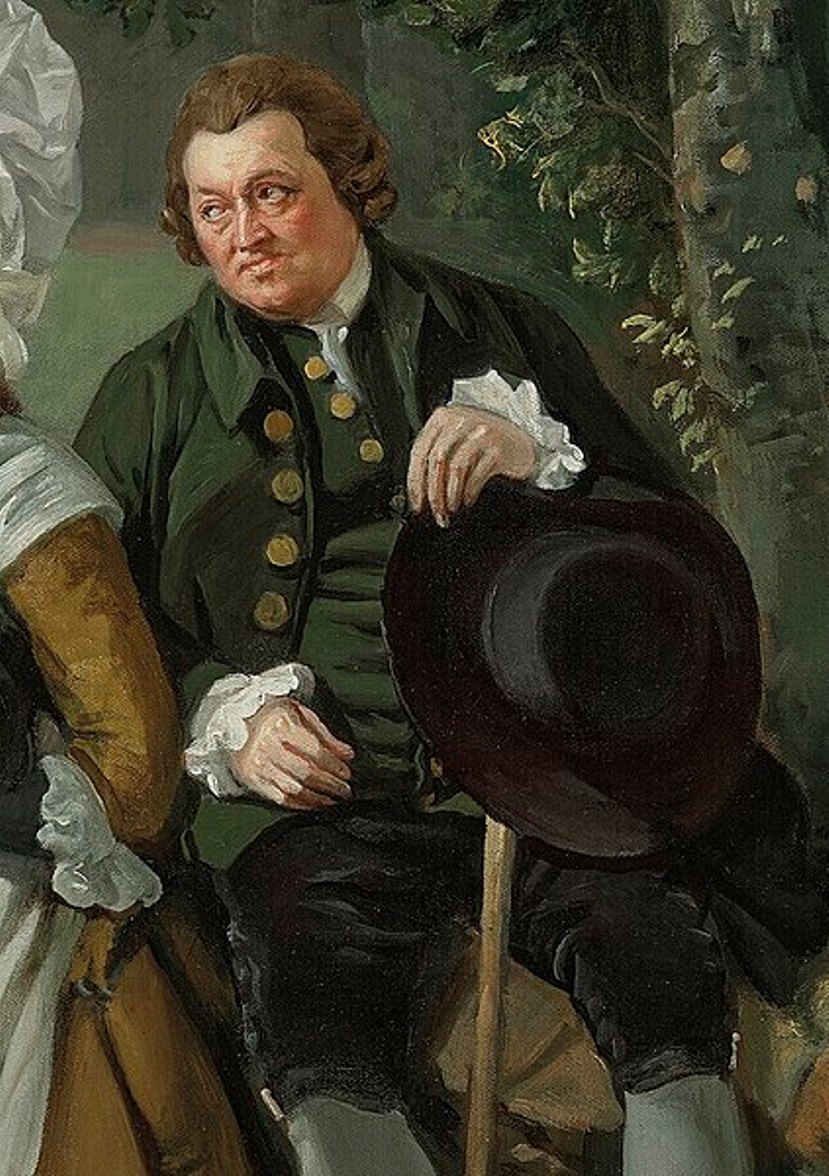
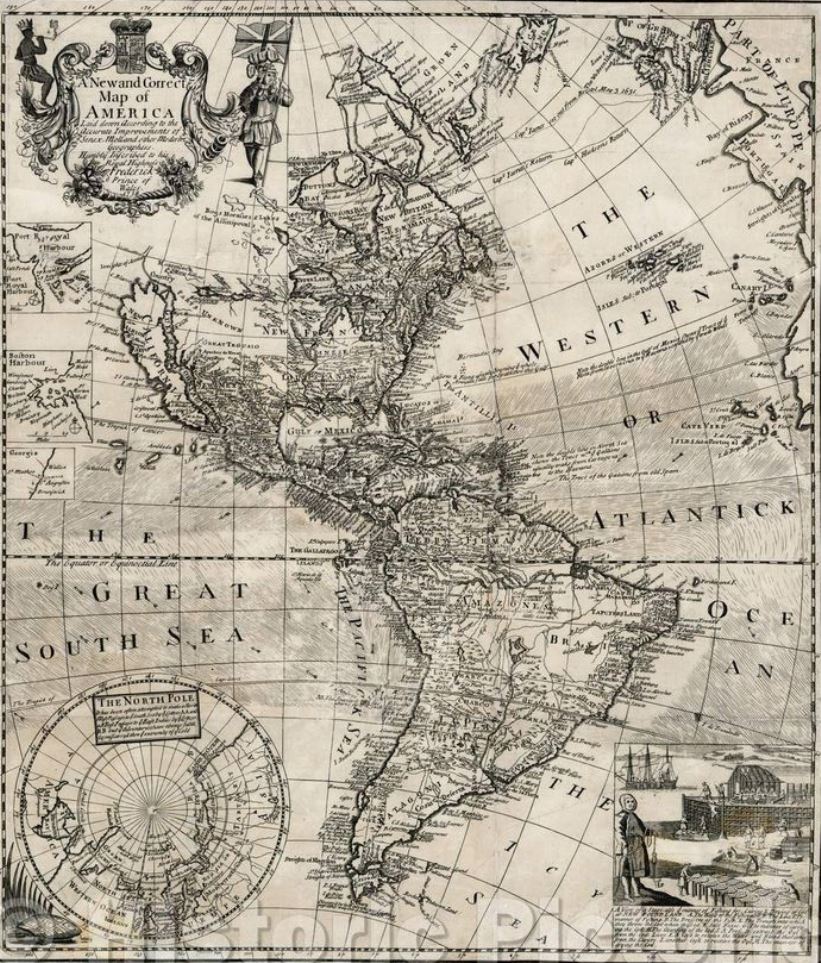

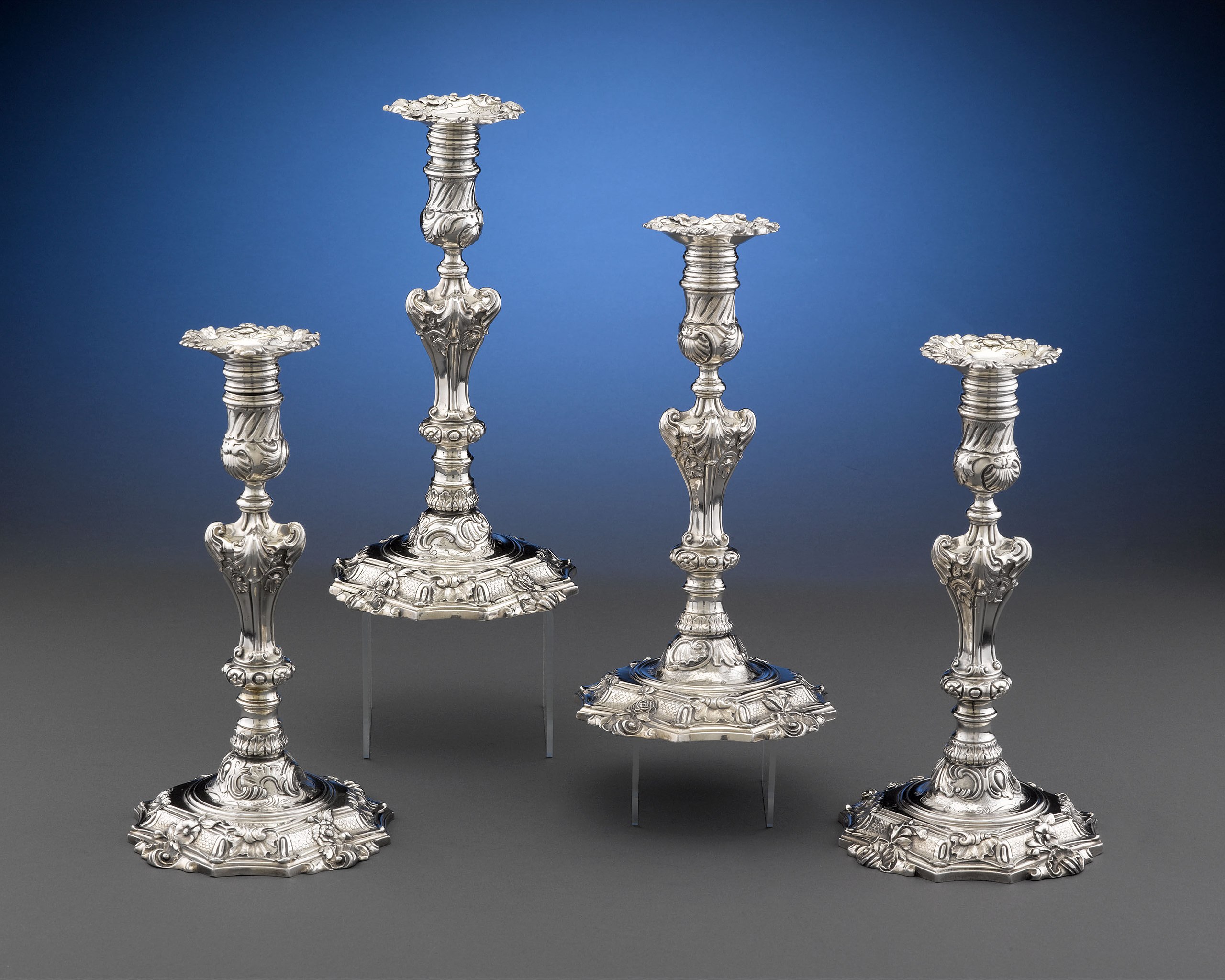
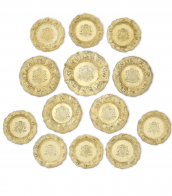


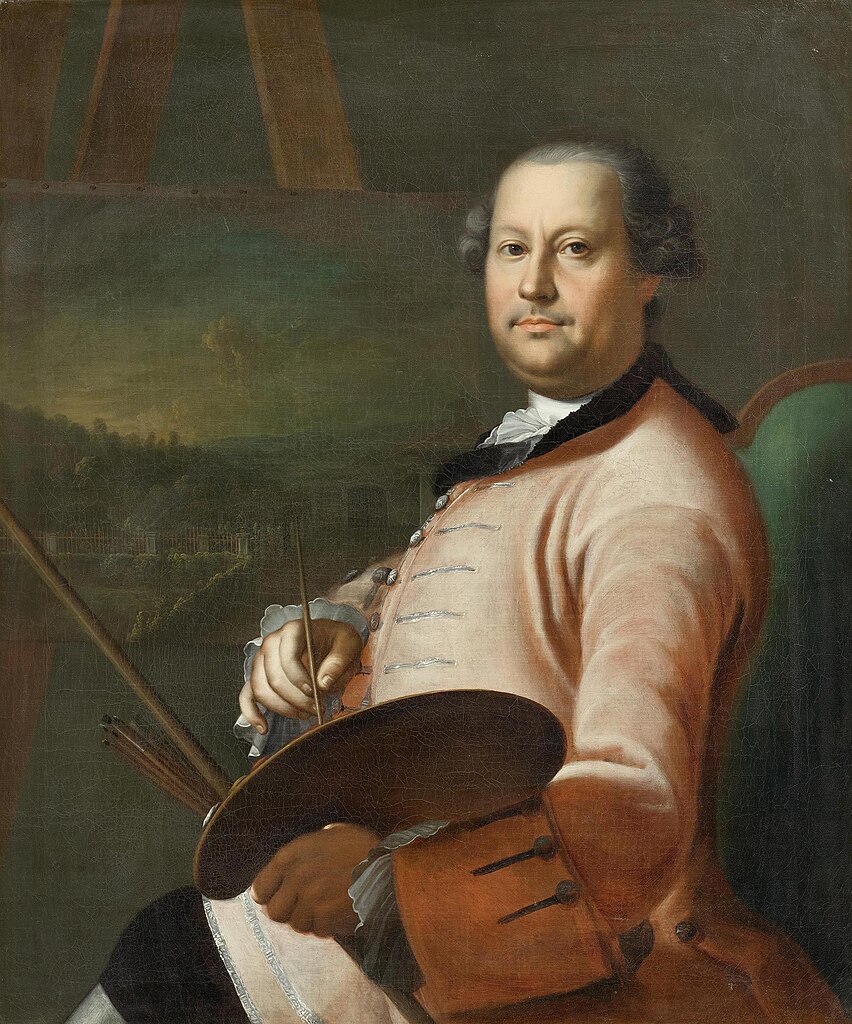
Christian Georg Schütz the Elder, born in 1718 in Flörsheim am Main and passing in 1791 in Frankfurt am Main, was a German painter whose etchings and landscapes left a timeless mark on the world of art. Schütz emerged as a master of capturing the natural beauty and architectural elegance of his homeland.
His works, which often depicted vibrant market scenes, serene river landscapes, and bucolic countryside views, reflect a deep understanding of light and atmosphere. Noteworthy pieces like "The Liebfrauenberg in Frankfurt" and "River Landscape with Barge" showcase his ability to blend human activity seamlessly with natural surroundings. His legacy continues to inspire, with 28 of his works proudly displayed at the Städel Museum, offering a window into the pastoral grace of 18th-century Germany.
For those drawn to the idyllic scenes of historical Europe, Schütz's paintings are a cultural treasure. His influence extended to his children and pupils, ensuring that the Schütz legacy of artistry would endure.
Explore Schütz's vision by visiting the Städel Museum, and stay informed about exhibitions and available works by signing up for our exclusive updates.


Christian Georg Schütz the Elder, born in 1718 in Flörsheim am Main and passing in 1791 in Frankfurt am Main, was a German painter whose etchings and landscapes left a timeless mark on the world of art. Schütz emerged as a master of capturing the natural beauty and architectural elegance of his homeland.
His works, which often depicted vibrant market scenes, serene river landscapes, and bucolic countryside views, reflect a deep understanding of light and atmosphere. Noteworthy pieces like "The Liebfrauenberg in Frankfurt" and "River Landscape with Barge" showcase his ability to blend human activity seamlessly with natural surroundings. His legacy continues to inspire, with 28 of his works proudly displayed at the Städel Museum, offering a window into the pastoral grace of 18th-century Germany.
For those drawn to the idyllic scenes of historical Europe, Schütz's paintings are a cultural treasure. His influence extended to his children and pupils, ensuring that the Schütz legacy of artistry would endure.
Explore Schütz's vision by visiting the Städel Museum, and stay informed about exhibitions and available works by signing up for our exclusive updates.


Georg Baselitz is a German painter, sculptor and graphic artist. In the 1960s he became well known for his figurative, expressive paintings. In 1969 he began painting his subjects upside down in an effort to overcome the representational, content-driven character of his earlier work and stress the artifice of painting. Drawing from myriad influences, including art of Soviet era illustration art, the Mannerist period and African sculptures, he developed his own, distinct artistic language.
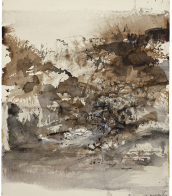
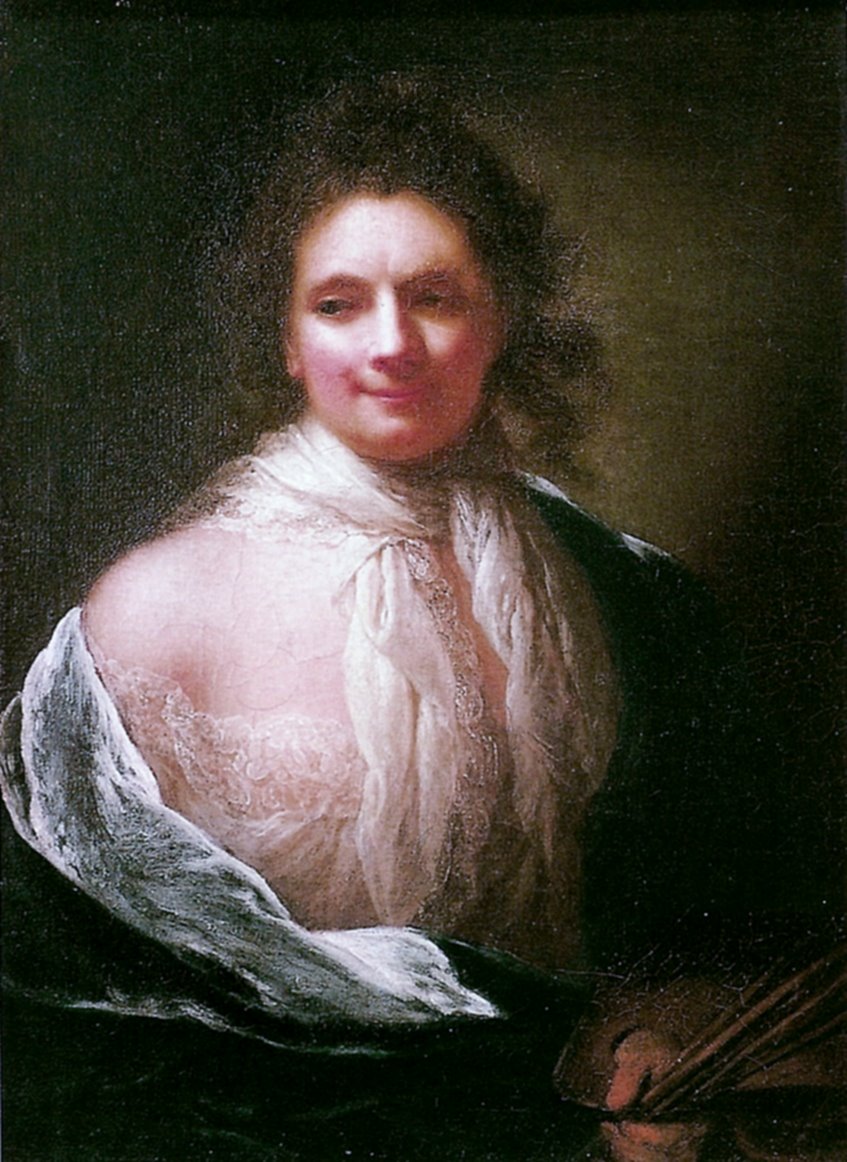
Anna Dorothea Therbusch, born Anna Dorothea Lisiewski, was a German artist who painted in the Rococo and Neoclassical style. More than two hundred of her works have survived, mostly portraits.
Anna Dorothea Turbusch was the first woman accepted into the Vienna Academy of Fine Arts. The artist was highly regarded for her ability to convey the likeness and character of her subjects. Her paintings were characterized by their refined style, meticulous attention to detail and the use of soft, gentle colours. She painted Prussian nobles, intellectuals and prominent figures of her time. At the commission of Russian Empress Catherine the Great, Terbusch painted life-size portraits of all members of the Prussian royal family. They are now in the State Hermitage Museum in St. Petersburg.
In addition to their technical mastery, the portraits by Terbusch were psychologically insightful, revealing the inner life and personality of the characters. Her work reflected the transition from the ornate and playful Rococo style to a more restrained and intellectual neo-classical aesthetic.
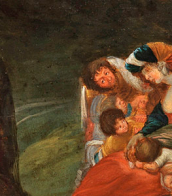
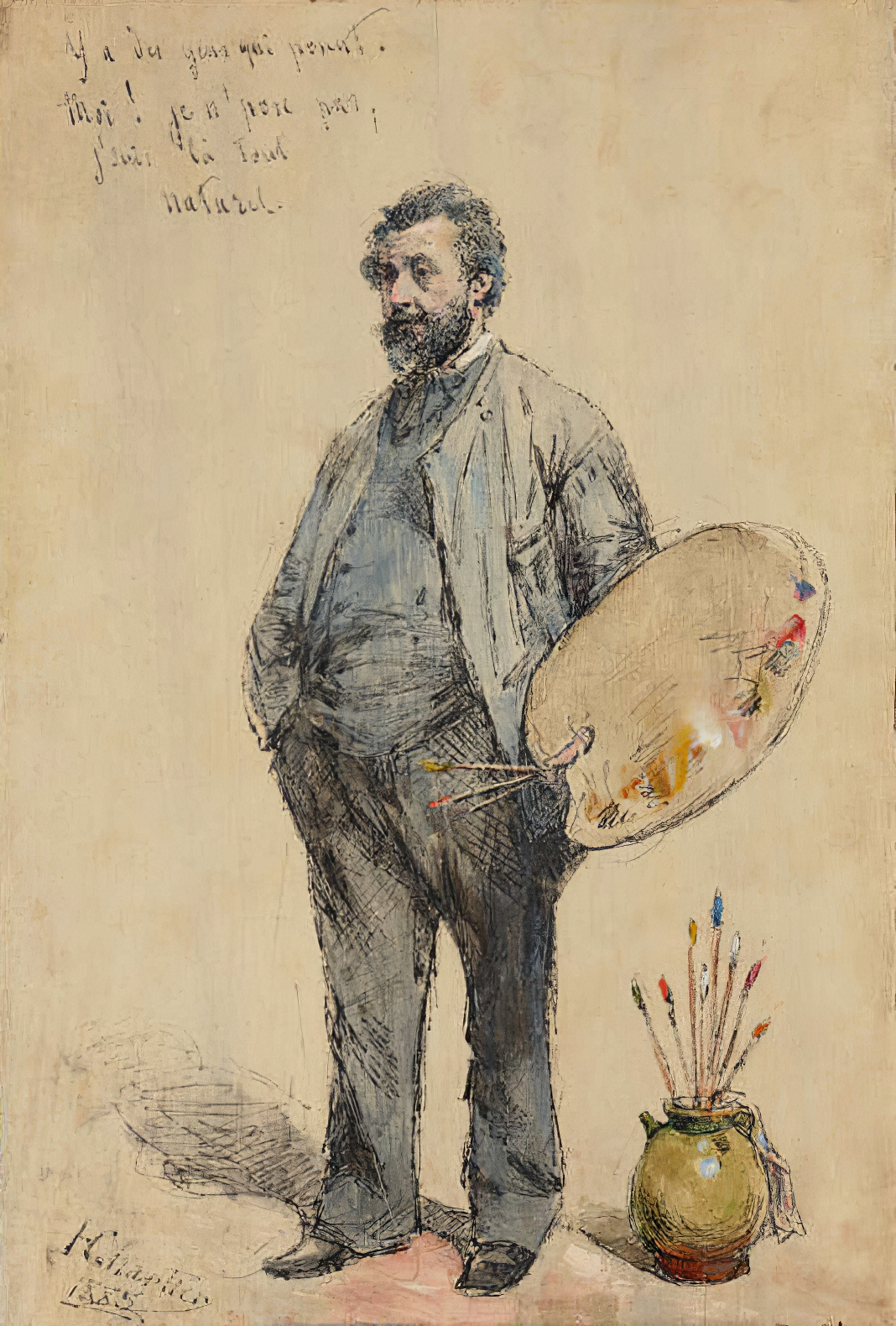
Henri Georges Jacques Chartier was a French martial artist who painted on recent French military history. In 1902, Chartier received a bronze medal at the annual Salon of French Artists.
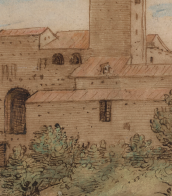
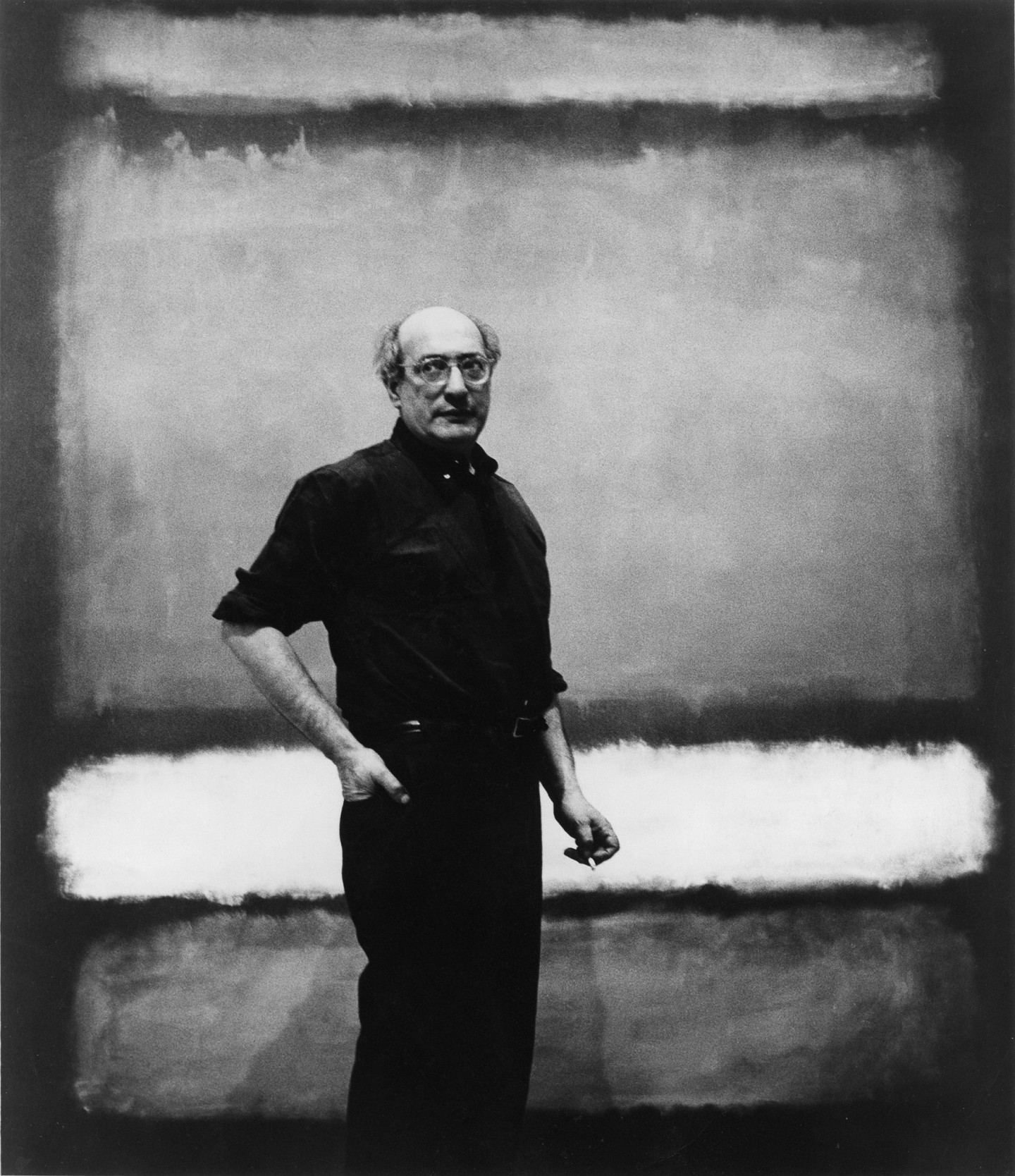
Mark Rothko, born Markus Yakovlevich Rothkowitz (Russian: Ма́ркус Я́ковлевич Ротко́вич) in what is now Daugavpils, Latvia, was a towering figure in the world of modern art, celebrated for his profound contributions to abstract expressionism. This American artist of Russian Jewish descent was known for his pioneering color field paintings, which are distinguished by their vibrant colors and emotional depth. Rothko's art transcends mere visual appeal, aiming to evoke deep emotional responses from viewers. His works are characterized by their simplicity, featuring soft, rectangular forms floating against a monochrome background. This unique style was not just about aesthetics; Rothko intended his paintings to be immersive experiences, reflecting his interest in human emotions and the existential conditions of life.
Rothko's journey from his birth in 1903 in the Russian Empire to becoming an iconic figure in American art is a testament to his enduring legacy. Despite facing challenges, including the early loss of his father and the struggle of immigrating to the United States, Rothko's passion for art and social issues saw him through. His early work was influenced by mythology and classical subjects, yet he evolved towards abstraction, insisting that his art was about expressing basic human emotions such as tragedy, ecstasy, and doom.
Significant works by Rothko include the Seagram Murals, initially commissioned for the Four Seasons Restaurant in New York but later donated to institutions like the Tate Modern, reflecting Rothko's disdain for the commercialization of art. The Rothko Chapel in Houston stands as a testament to his vision of art serving as a space for reflection and meditation.
Despite his tragic suicide in 1970, Rothko's influence remains undiminished. His paintings continue to command high prices at auctions, underscoring his lasting impact on the art world. For collectors and art and antiques experts, Rothko's work represents not only a high point in 20th-century art but also an investment in the transcendent power of color and form to evoke the deepest aspects of human experience.
For those interested in the transformative power of art, signing up for updates on new sales and auction events related to Mark Rothko can provide an opportunity to engage more deeply with his legacy. This is not just about acquiring art; it is about embracing the profound emotional and existential explorations that Rothko embarked upon through his work.


Mark Rothko, born Markus Yakovlevich Rothkowitz (Russian: Ма́ркус Я́ковлевич Ротко́вич) in what is now Daugavpils, Latvia, was a towering figure in the world of modern art, celebrated for his profound contributions to abstract expressionism. This American artist of Russian Jewish descent was known for his pioneering color field paintings, which are distinguished by their vibrant colors and emotional depth. Rothko's art transcends mere visual appeal, aiming to evoke deep emotional responses from viewers. His works are characterized by their simplicity, featuring soft, rectangular forms floating against a monochrome background. This unique style was not just about aesthetics; Rothko intended his paintings to be immersive experiences, reflecting his interest in human emotions and the existential conditions of life.
Rothko's journey from his birth in 1903 in the Russian Empire to becoming an iconic figure in American art is a testament to his enduring legacy. Despite facing challenges, including the early loss of his father and the struggle of immigrating to the United States, Rothko's passion for art and social issues saw him through. His early work was influenced by mythology and classical subjects, yet he evolved towards abstraction, insisting that his art was about expressing basic human emotions such as tragedy, ecstasy, and doom.
Significant works by Rothko include the Seagram Murals, initially commissioned for the Four Seasons Restaurant in New York but later donated to institutions like the Tate Modern, reflecting Rothko's disdain for the commercialization of art. The Rothko Chapel in Houston stands as a testament to his vision of art serving as a space for reflection and meditation.
Despite his tragic suicide in 1970, Rothko's influence remains undiminished. His paintings continue to command high prices at auctions, underscoring his lasting impact on the art world. For collectors and art and antiques experts, Rothko's work represents not only a high point in 20th-century art but also an investment in the transcendent power of color and form to evoke the deepest aspects of human experience.
For those interested in the transformative power of art, signing up for updates on new sales and auction events related to Mark Rothko can provide an opportunity to engage more deeply with his legacy. This is not just about acquiring art; it is about embracing the profound emotional and existential explorations that Rothko embarked upon through his work.

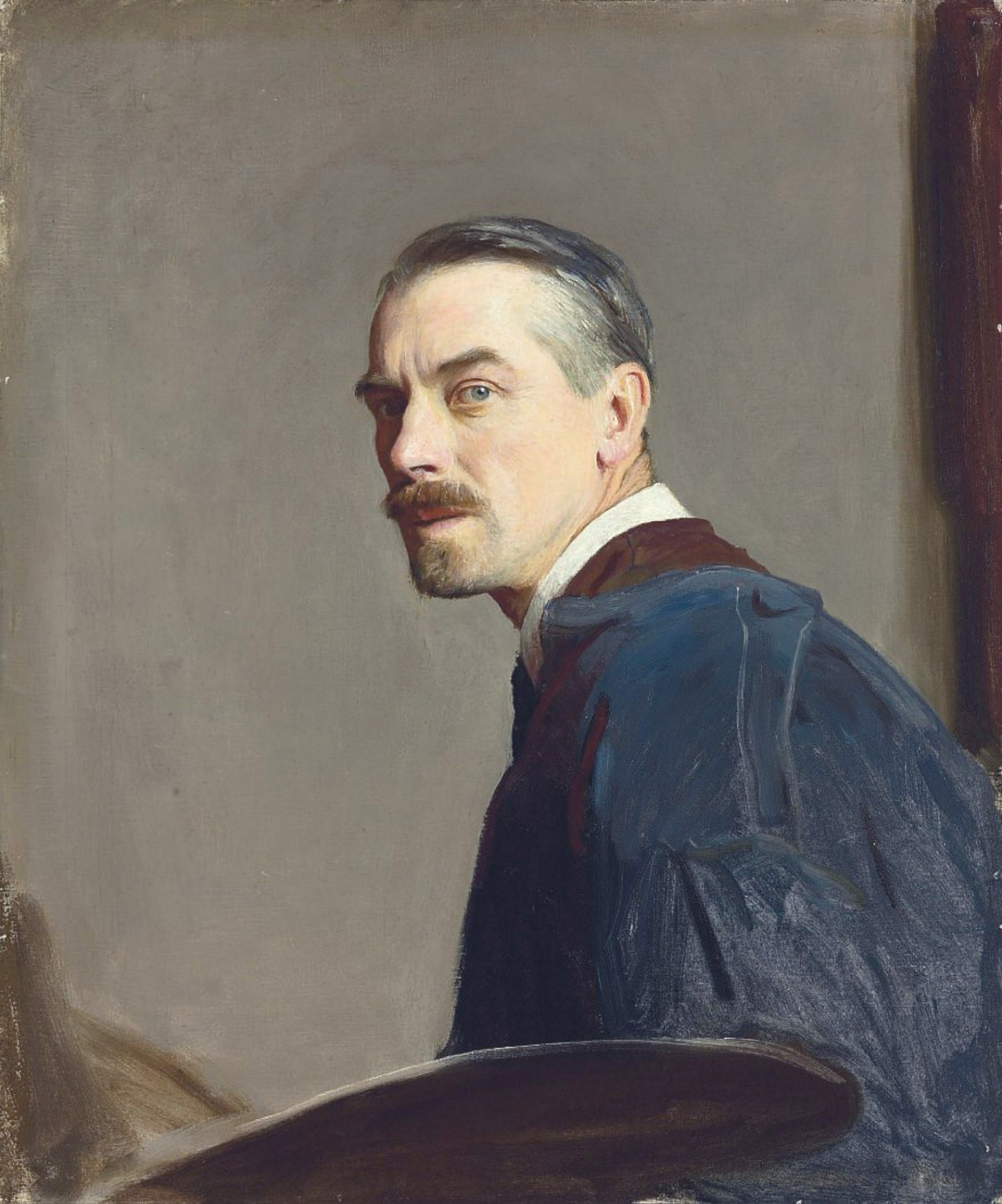
George Spencer Watson was an English portrait artist of the late romantic school who sometimes worked in the style of the Italian Renaissance.
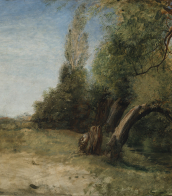

George Spencer Watson was an English portrait artist of the late romantic school who sometimes worked in the style of the Italian Renaissance.
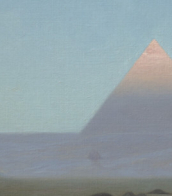
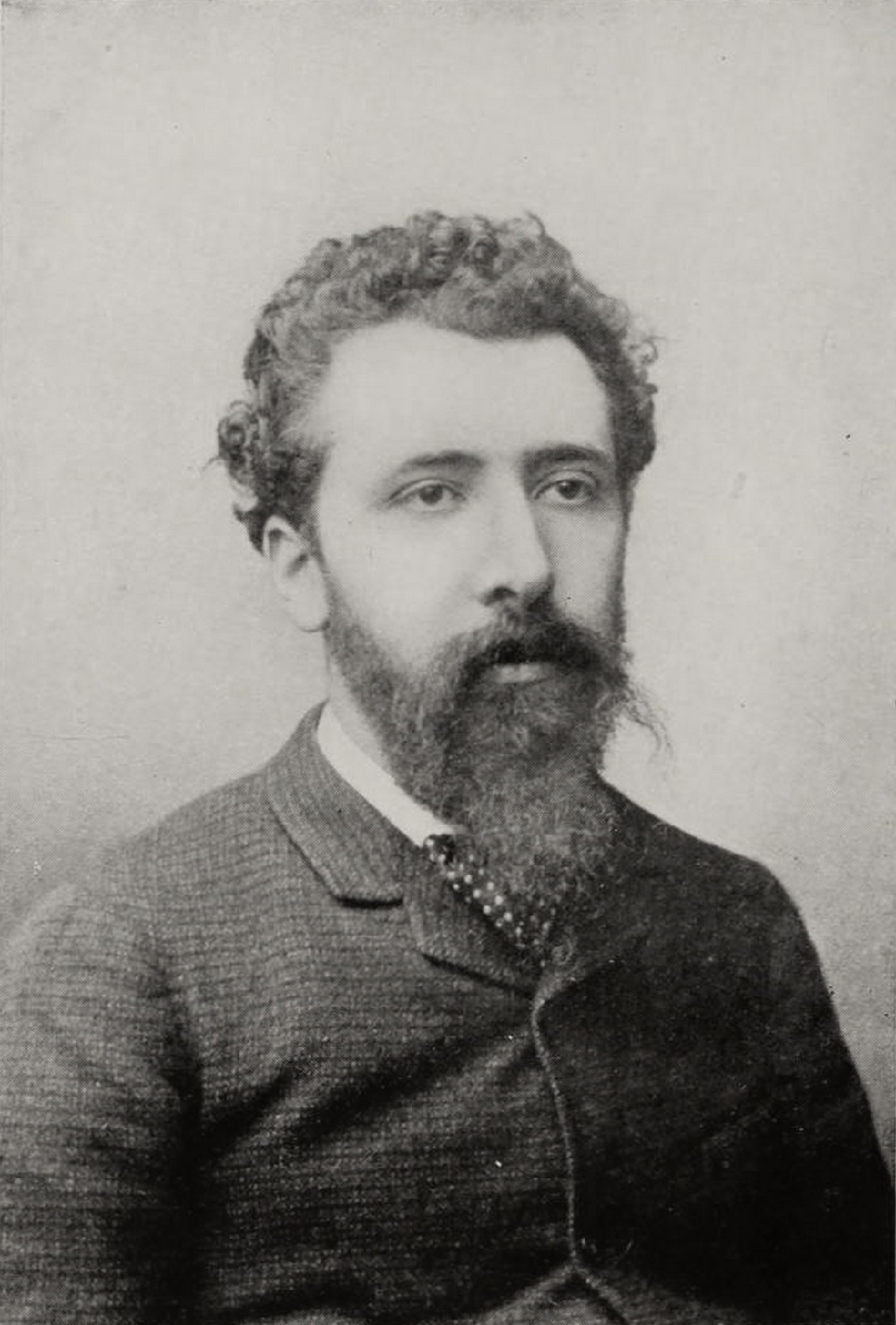
Georges Seurat was a French painter, renowned as the founder of the 19th-century French school of Neo-Impressionism. His groundbreaking technique, Pointillism, involved the use of tiny, contrasting color brushstrokes that, when viewed together, created a luminous quality in his compositions. Seurat's life was a blend of rigorous academic training and innovative artistic exploration.
Born on December 2, 1859, in Paris, Seurat demonstrated an early interest in art. He received formal training at the École des Beaux-Arts under Henri Lehmann, a disciple of the Neo-Classical painter Ingres, where he honed his skills in drawing and composition. Seurat was deeply influenced by color theories and the science of optics, which became central to his artistic approach. He was particularly inspired by the work of Michel-Eugène Chevreul and Ogden N. Rood, whose writings on color contrast and harmony greatly influenced his painting technique.
One of Seurat's most famous works, "A Sunday Afternoon on the Island of La Grande Jatte" (1884–1886), showcased his Pointillism technique. This painting, now housed in the Art Institute of Chicago, portrays members of different social classes engaged in various activities in a park setting. The work is notable for its use of small, juxtaposed dots of multi-colored paint, which allow the viewer's eye to blend colors optically. This technique was a significant departure from the traditional methods of color mixing on the canvas.
Another notable work by Seurat is "Bathers at Asnières" (1884), displayed at the National Gallery in London. This large canvas depicts young men relaxing by the Seine in a working-class suburb of Paris. The painting reflects Seurat's neoclassical training, with its smooth, simplified textures and carefully outlined figures.
Seurat's final painting, "The Circus" (1890-91), represents a shift to a more dynamic representation of movement and is typical of his late style. Unfortunately, Seurat's life was cut short when he died suddenly in March 1891, leaving "The Circus" unfinished. This painting is now part of the collection at the Musée d'Orsay in Paris.
Seurat's innovative techniques and his exploration of color theory and optics had a lasting impact on the art world, influencing subsequent generations of artists. His work remains a testament to the fusion of scientific principles with artistic expression, making him a pivotal figure in the transition from Impressionism to Post-Impressionism and modern art.
For those captivated by the genius of Georges Seurat and his revolutionary art, there's an exclusive opportunity waiting for you. By signing up for our updates, you'll be the first to know about new product sales and auction events related to Seurat's works and legacy. This subscription is tailored for enthusiasts, collectors, and experts in the field of art and antiques, ensuring you receive only the most relevant and curated information. Don't miss out on the chance to enhance your collection and deepen your understanding of Seurat's impact on the art world. Sign up now and stay ahead in the world of fine art and antiques.

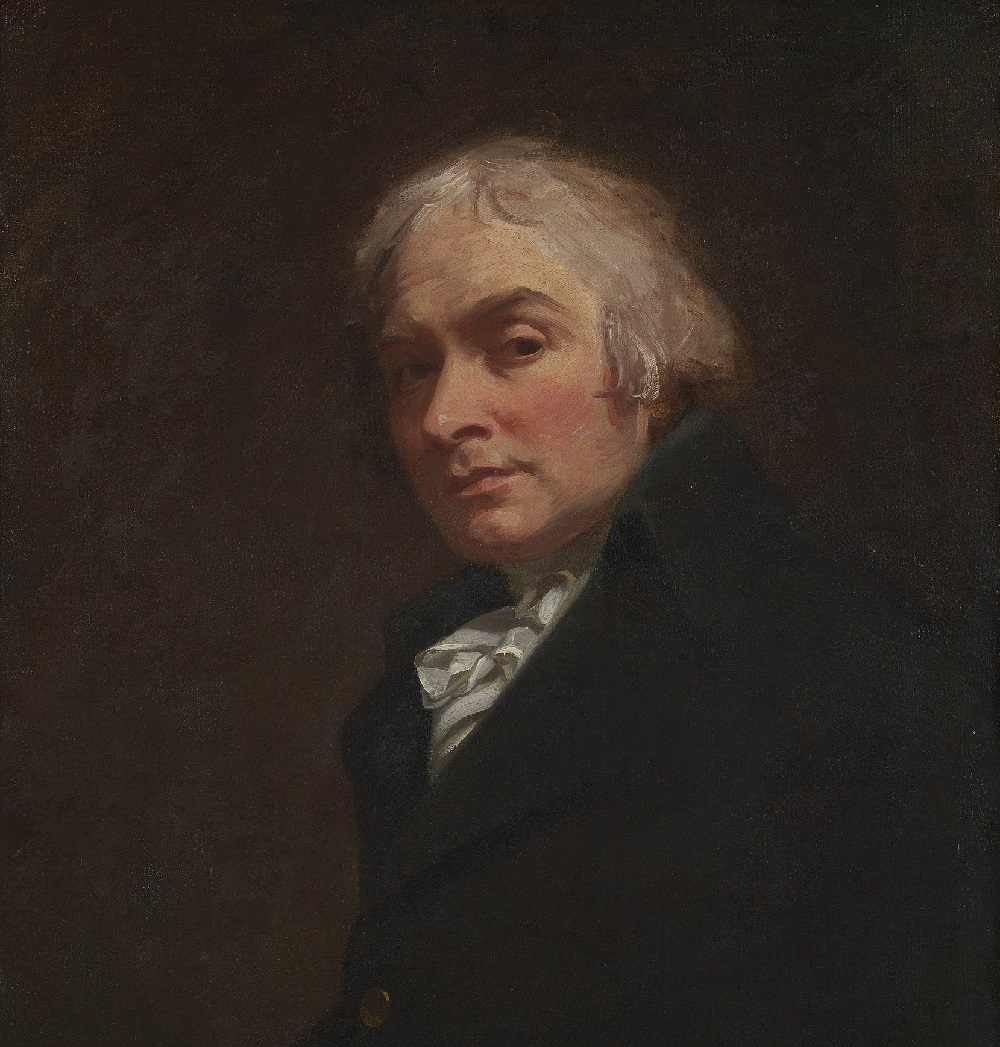
George Romney was an English portrait painter. He was the most fashionable artist of his day, painting many leading society figures – including his artistic muse, Emma Hamilton, mistress of Lord Nelson.
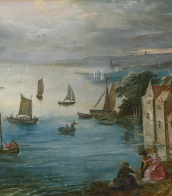
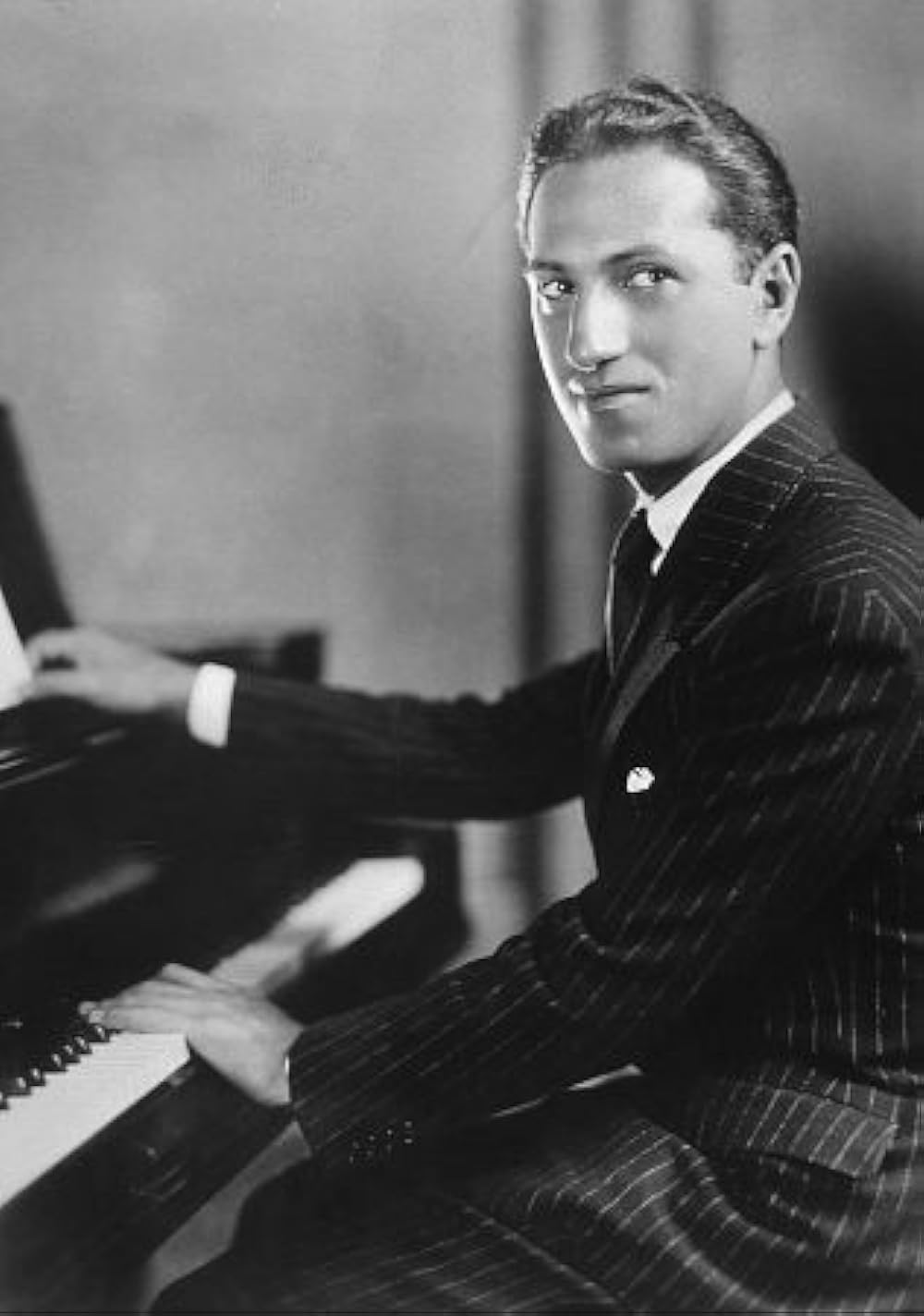
George Gershwin, born Jacob Gershwin, is an American composer and pianist.
George's parents emigrated from Russia to the United States in 1891, and he was about 12 years old at the piano, becoming virtually self-taught. Gershwin published his first song in 1916, but it was Swanee, written by a 20-year-old Gershwin in 1918, that made him famous. The income he received for it allowed Gershwin to concentrate on musical theater. In the 1920s, however, George, along with his older brother Ira, were major songwriters and hit songwriters on Broadway. The lyrics for all of Gershwin's films were written by Ira Gershwin, as were the lyrics for most of his musicals, although early in his career Gershwin worked with other lyric writers, including Irving Caesar and Buddy De Silva.
The Gershwin brothers' first Broadway hit was the song Lady Be Good in 1924. In his songs, Broadway shows, and movie scores, composer George Gershwin achieved unprecedented success with his masterful mastery of jazz, classical, and popular music styles. These include "Rhapsody in Blue" in 1924, "Concerto in F" in 1925, "An American in Paris" in 1928, and "Second Rhapsody" in 1931. Between 1919 and 1935. Gershwin wrote music for 31 musicals, one of which - Of Thee I Sing - in 1932 became the first musical to win the Pulitzer Prize for Dramaturgy. Gershwin's songs have also been used in numerous films and award-winning musicals over the years.
The opera Porgy and Bess, co-written with Dubose, Dorothy Hayward, and Ira Gershwin, was the Gershwin brothers' most ambitious project, combining memorable songs with drama. It was first performed in Boston in 1935 and was made into a movie in 1959.
In 1937, at the age of only 39, the brilliant composer died of a brain tumor. George Gershwin was at the height of his career, leaving a significant and lasting mark on the world of classical music. Today, his orchestral works are performed by most of the world's prestigious symphony orchestras. Ira Gershwin, who was two years older, lived 46 years after George's death.

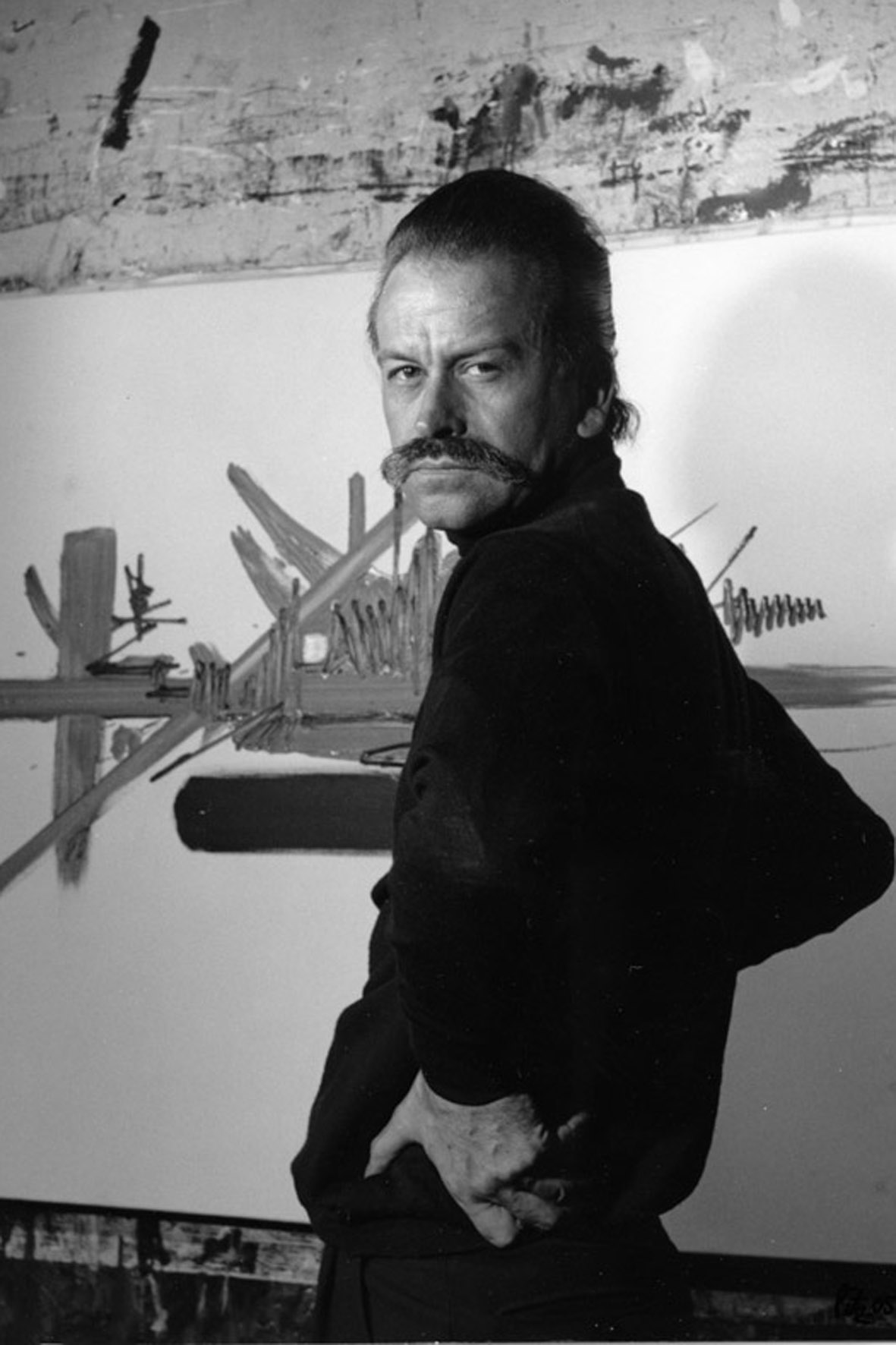
Georges Mathieu was a French abstract painter, art theorist, and member of the Académie des Beaux-Arts in Paris. He is considered one of the fathers of European lyrical abstraction, a trend of informalism.



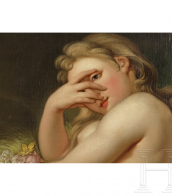
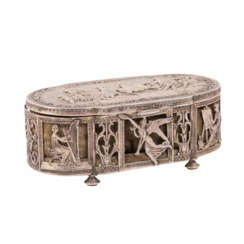

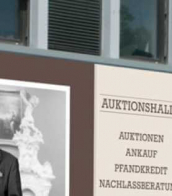
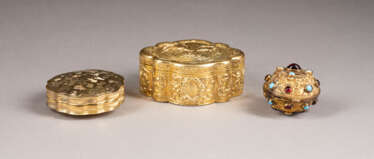

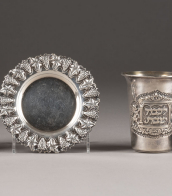
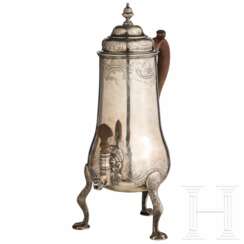

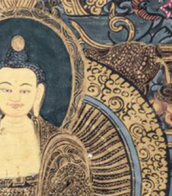
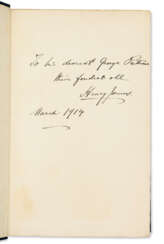


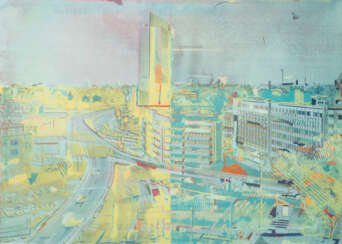

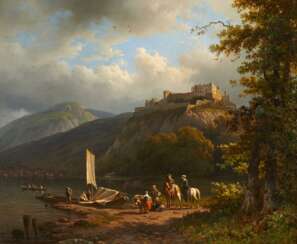

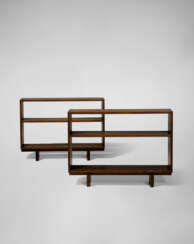

![CHOPIN, Frédéric (1810-1849) [et George SAND (1804-1876)]](/assets/image/picture_4259662/2e92e/pryubdxec22rash3hutkisg-t9nzulzo6llj3oynfeqys0fes5dqhrzflj8omqn1729410665jpg__fix_374_244.jpeg)
![CHOPIN, Frédéric (1810-1849) [et George SAND (1804-1876)]](https://veryimportantlot.com/assets/image/picture_4259662/2e92e/pryubdxec22rash3hutkisg-t9nzulzo6llj3oynfeqys0fes5dqhrzflj8omqn1729410665jpg__fix_374_244.jpeg)




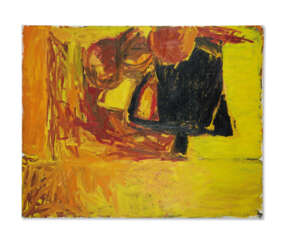

![[FOSTER, George (fl. 1735-1740)] – Robert SAYER (1735-1794).](/assets/image/picture_4084812/eead4/rh5-akqejyjmaug43ncvjup-kaf74qit0wesbihrffucjgdpjhfhqhahybonknkw1719908507jpg__fix_374_244.jpeg)
![[FOSTER, George (fl. 1735-1740)] – Robert SAYER (1735-1794).](https://veryimportantlot.com/assets/image/picture_4084812/eead4/rh5-akqejyjmaug43ncvjup-kaf74qit0wesbihrffucjgdpjhfhqhahybonknkw1719908507jpg__fix_374_244.jpeg)




